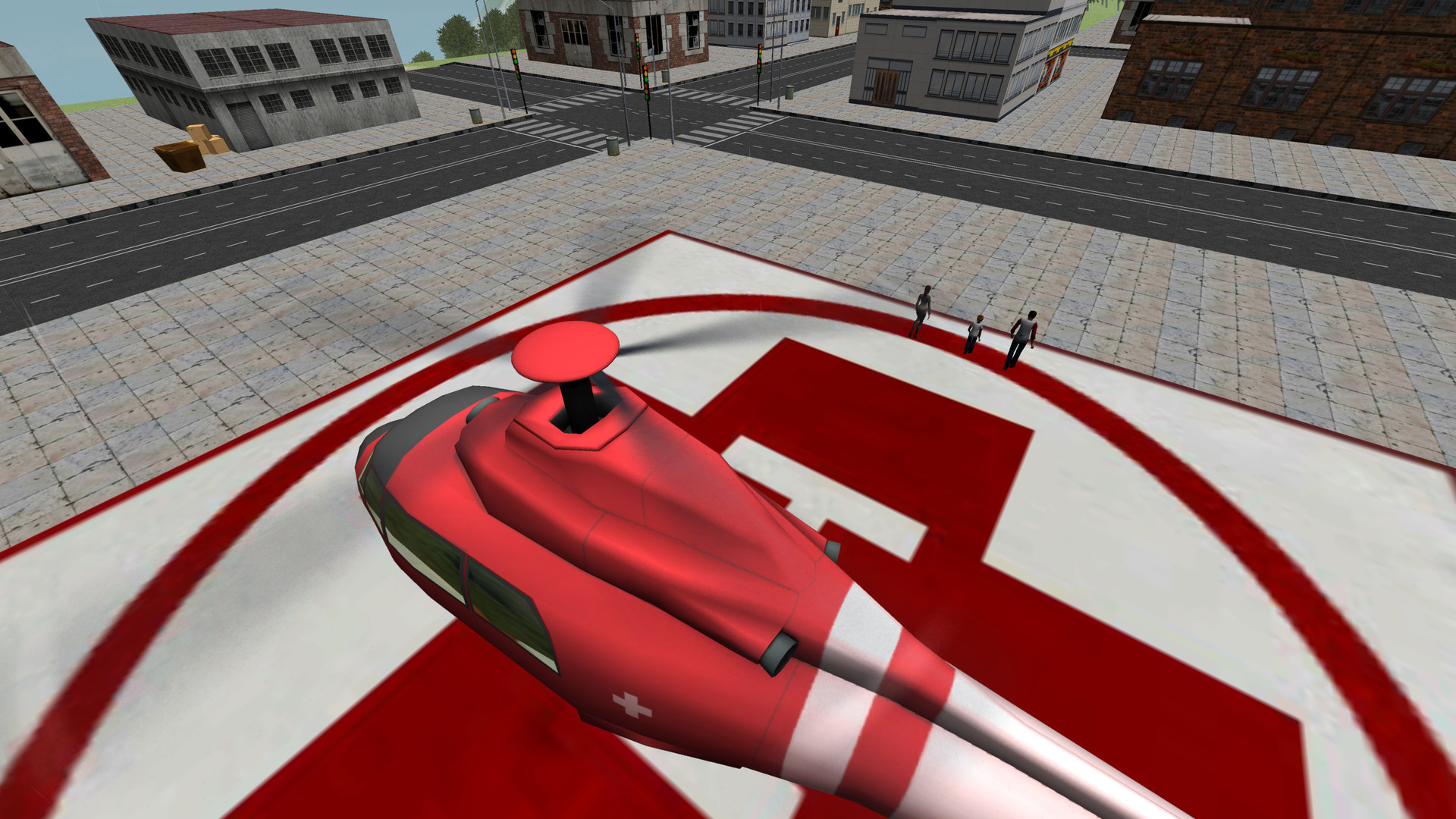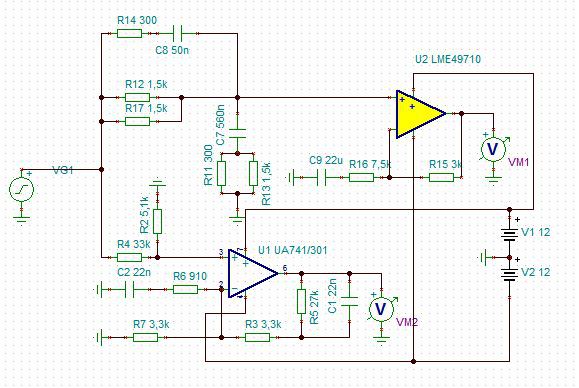

(Safe area is a rectangle.) Although please note that Apple advise against intentionally trying to design on that gap. The overlay is also useful for aiming roughly what can fit in the corner around the notch, because you can see the notch's width and also rounded corner visually where safe area does not cover such information. You’ll get the first concepts from your designer in the first 24 hours since the start of the project. Unqualified newbies simply have no way to join the team. You can keep the data in the component to use it later. The designers at Awesomic are pre-selected based on experience and expertise criteria.

#Notch simulator simulator#
#Notch simulator code#
If you found some bugs or want to mess with the code this should be helpful :
#Notch simulator android#
When working on Android it could be Galaxy Note 10+ and Galaxy S10+ instead of iPhone and iPad, for example. If you were working on iOS and switched to Android, then you are allowed to have one more set of A and B configs. The configuration system even has a separated A and B per build platform. After you have finished setting up your A and B it is easy with shortcut Alt/Option + M to switch A-B repeatedly and see if the design works on both or not. If you change the simulated device while in "Config B", it will be remembered to this configuration instead. Commonly between 2 extremes such as iPhone vs iPad.īy clicking on the word "Config A" it will change to "Config B". A common desire is not to just toggling on and off the simulation, but also switch around the device. "The configuration system" let you quickly switch between 2 configs. Use the check box to turn on-off the simulator so you see if your UI looks great on device with or without safeArea or cutouts.Īdditionally with Shortcuts API introduced in 2019.1, you could press Alt/Option + N to toggle it to confirm your design. The simulation will not happen if the panel is not present, all simulation occurs in void OnGUI() of that EditorWindow. The tool is accessible from Window > General > Notch Simulator. It even works in the prefab mode, or as called PrefabStage programmatically.It also shows an overlay of respective device to help you better picture the obstacles on the screen.You will see them adapt immediately on toggling on-off the simulator or changing devices so you can iterate your UI design.

Notch Simulator helps tell those components (which are all INotchSimulatorTarget) a simulated safe area and cutouts for use at design time.Many of Notch Solution's component rely on Screen API, which the value such as safeArea or cutouts are not useful until in runtime.


 0 kommentar(er)
0 kommentar(er)
